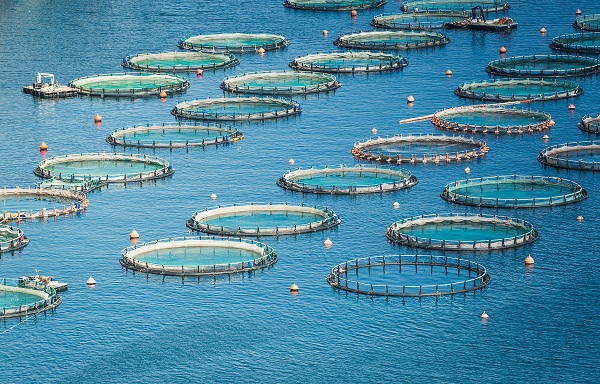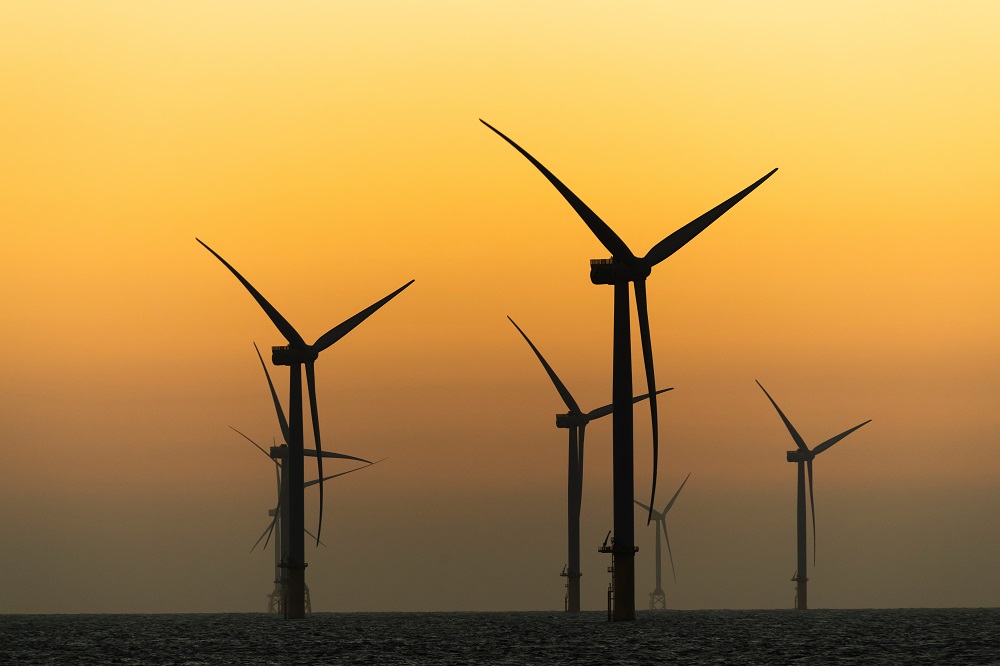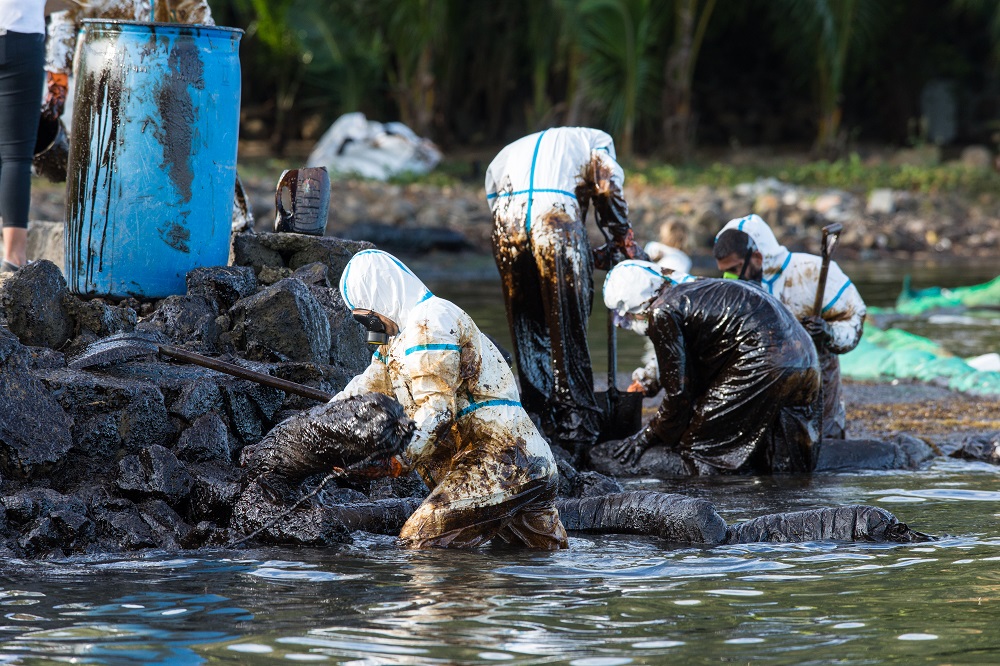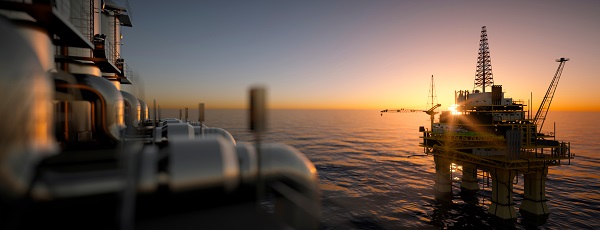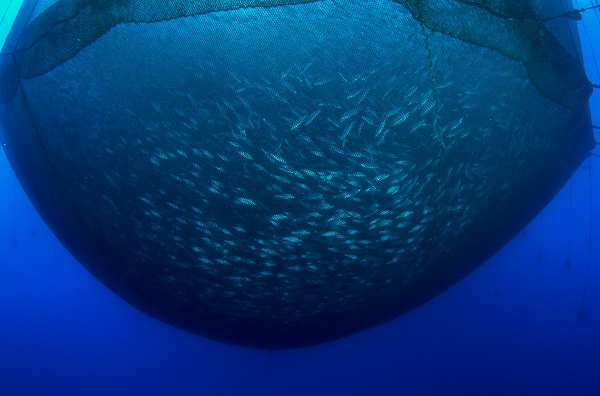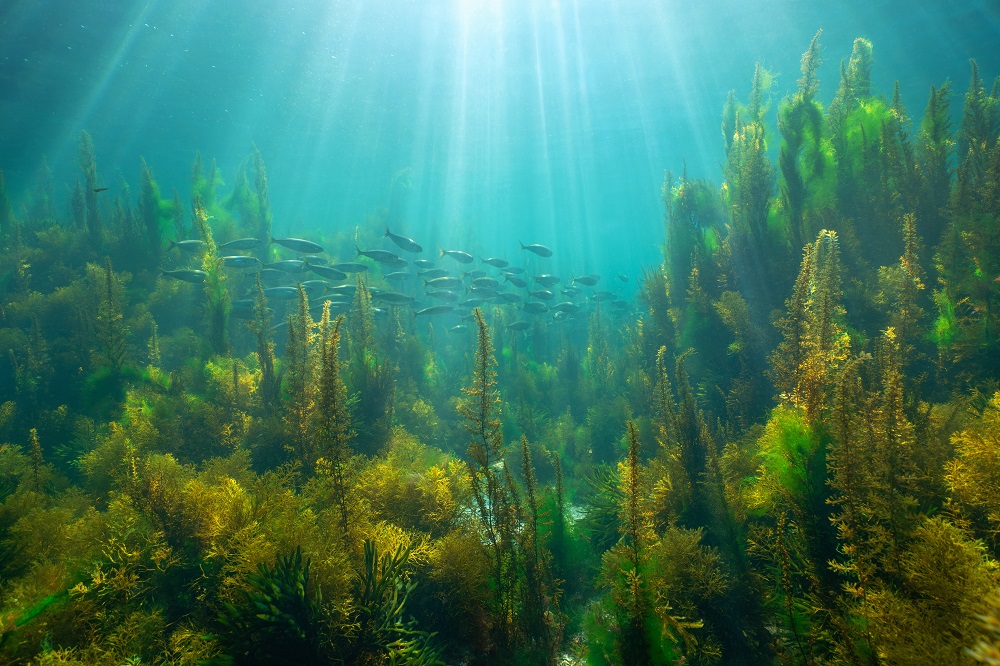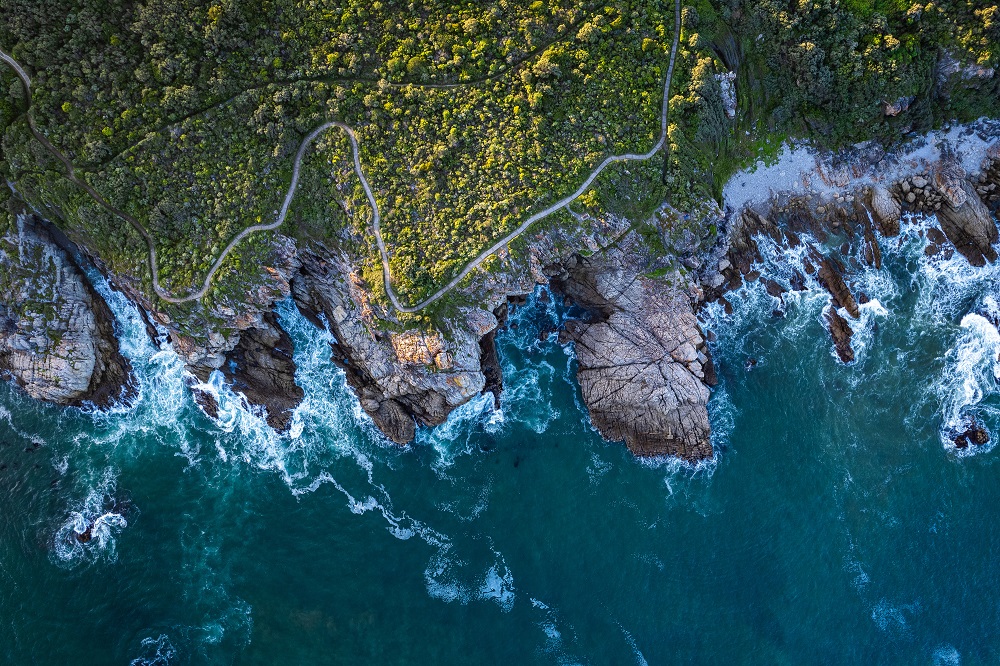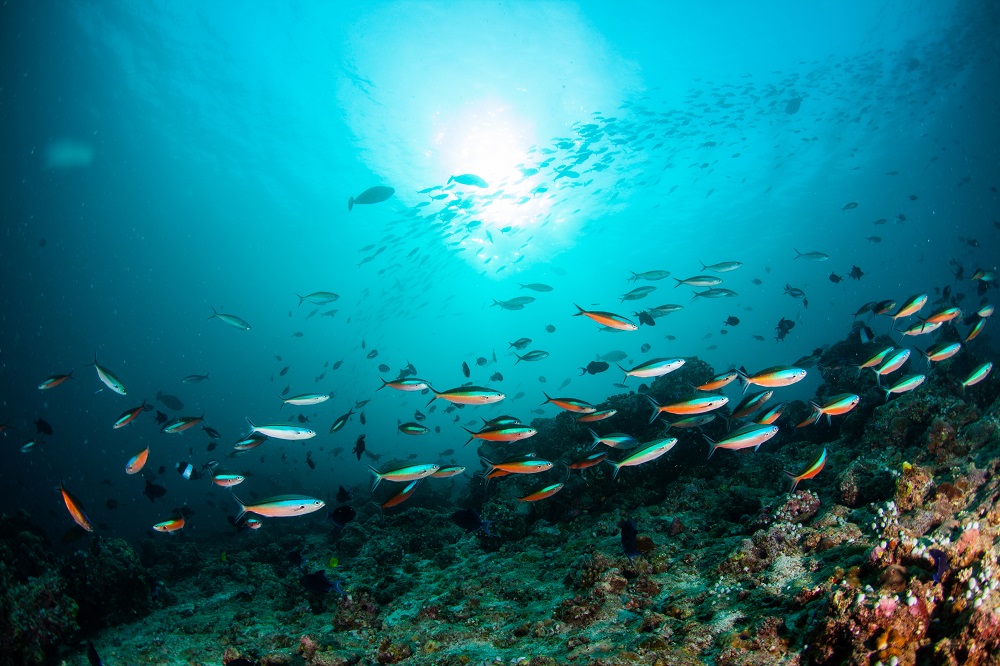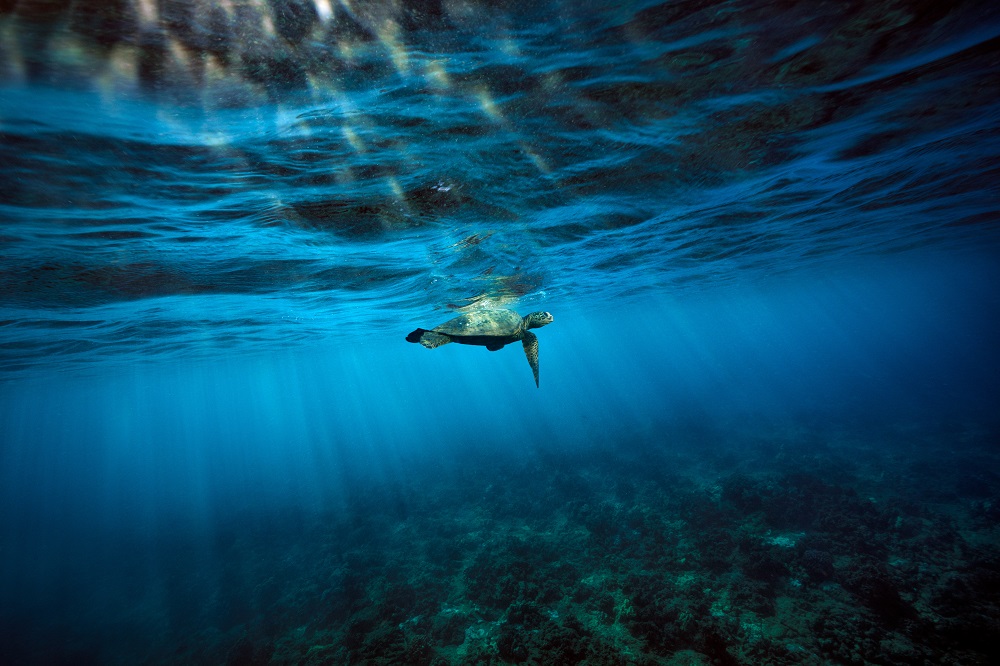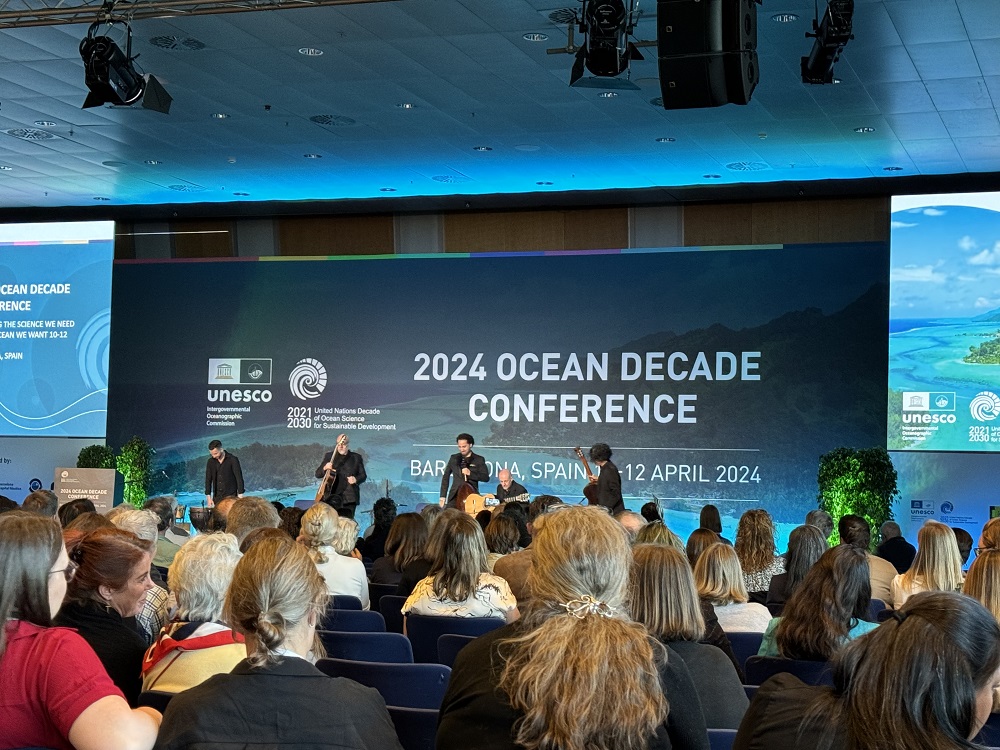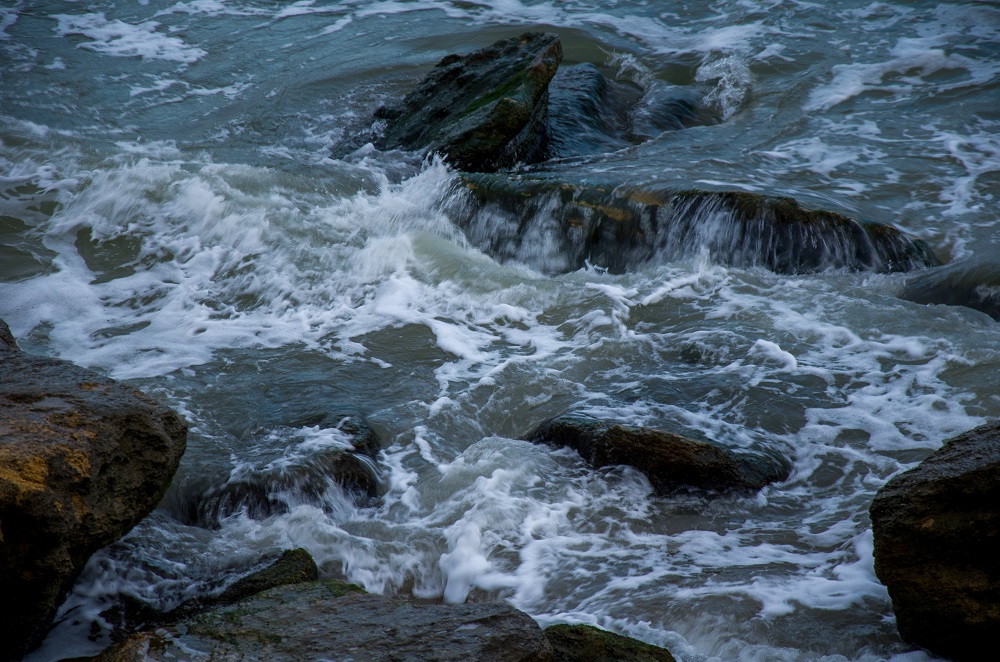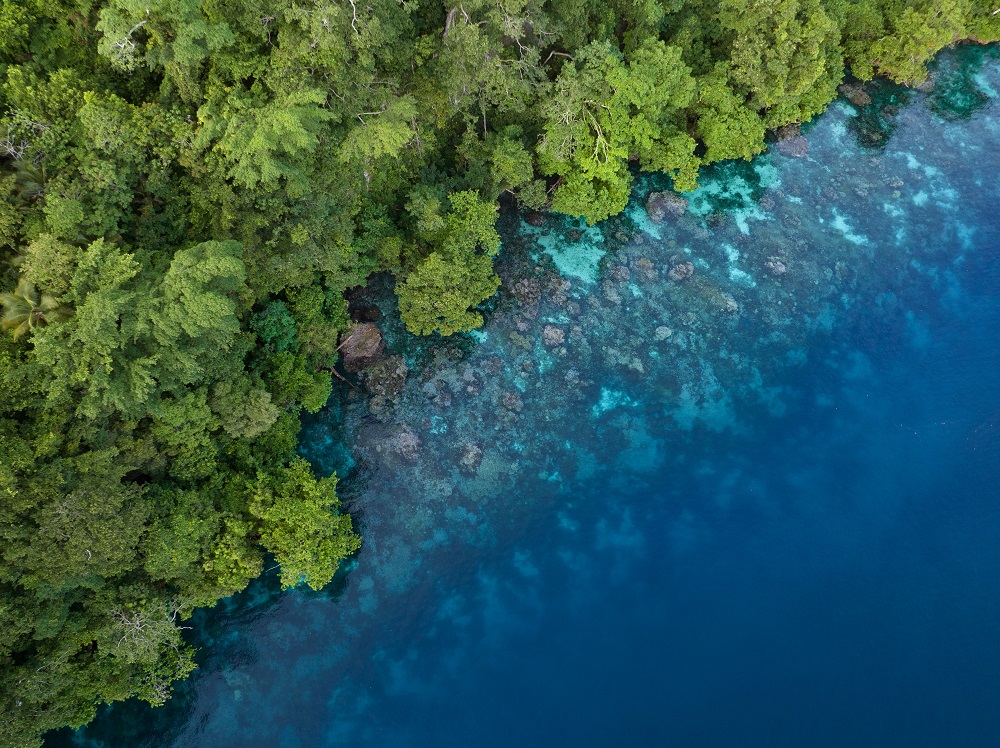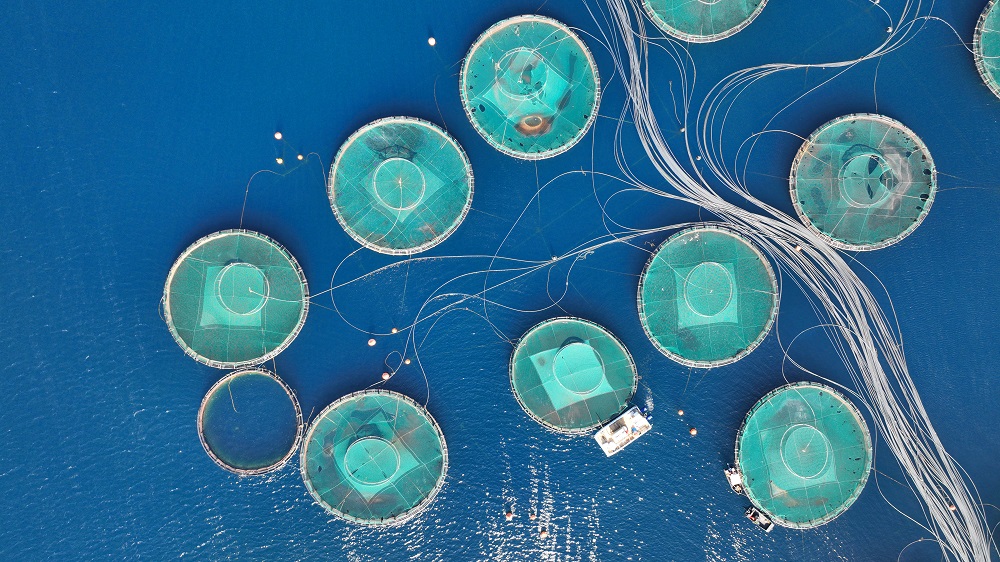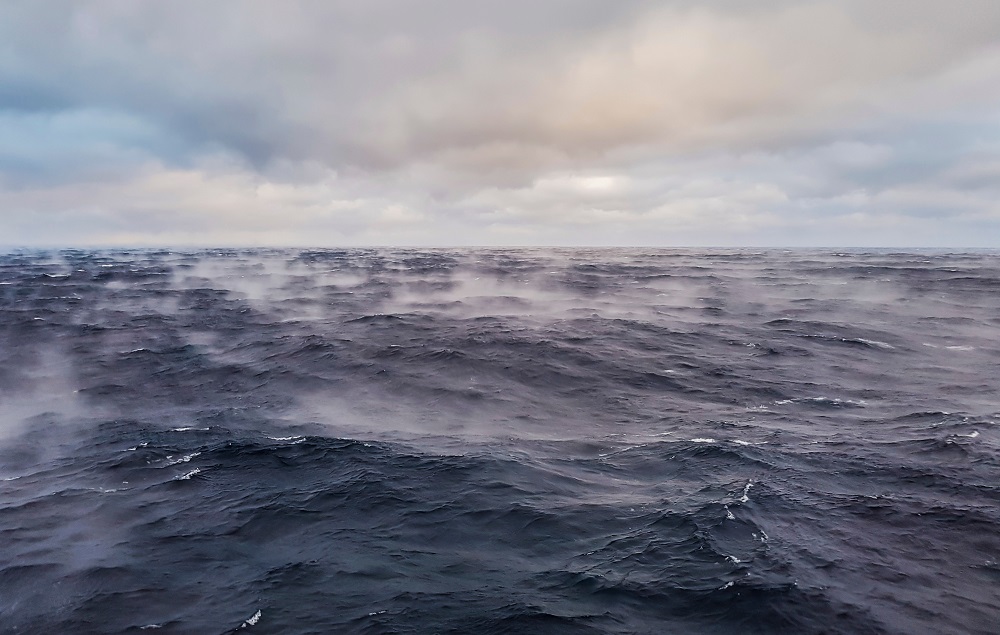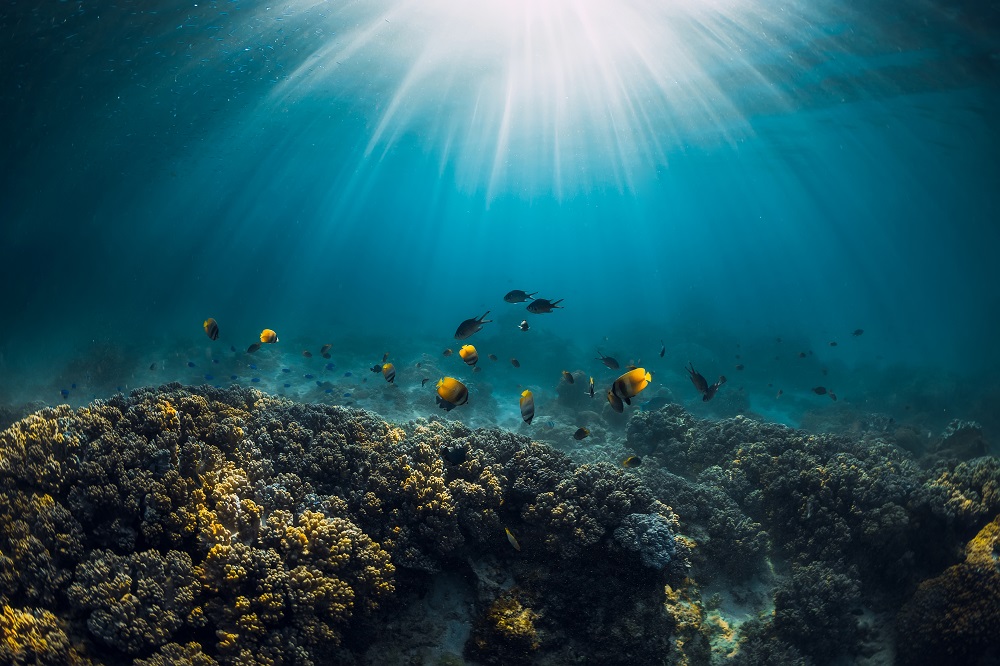But the growing renewable energy industry has its own problems for the ocean. “Energy can be renewable, but there’s no such thing as green energy or clean energy,” says Mr Ausubel. “All forms of energy generation have very significant environmental fallout, despite how they have been marketed. You pick your poison—whether it’s chemical, acoustic, radiation, disturbing ocean currents, there is inevitable fallout that will need to be managed.”
Offshore wind farms and tidal energy farms, while offering low-carbon energy, emit noise pollution and obstruct marine space, impacting various species’ behaviour and ecosystem functioning. Their construction can also churn up sediments and influence water temperature. Meanwhile, corrosion protection for wind turbines results in chemical pollution and releases metals into the ocean. There are further knock-on effects, as Mr Ausubel explains. “If you’re going to have wind energy, you have to collect electricity, which requires laying seafloor cables. And then there are end-of-life cycle problems: what do we do with 50,000 towers 800 feet high when wind farms don’t work anymore?”
Mr Ausubel studies the impact of some lesser-known disruptions in the ocean, particularly the acoustic environment. “All marine industries have an acoustic footprint,” he says. “Any underwater structures that reflect, deflect or absorb sounds, including wind turbines and aquaculture structures, will affect the ocean soundscape. Changing the topography of the sea floor by trenching or laying cables is also going to make noise and change sound propagation.” Animals use sound for mating, hunting or communicating with one another, so acoustic disturbances can have significant impacts on animal behaviour and, consequently, biodiversity. Scientific initiatives such as the International Quiet Ocean Experiment, under way since 2015, aim to get a better sense of the baseline of the acoustic environment of the ocean.

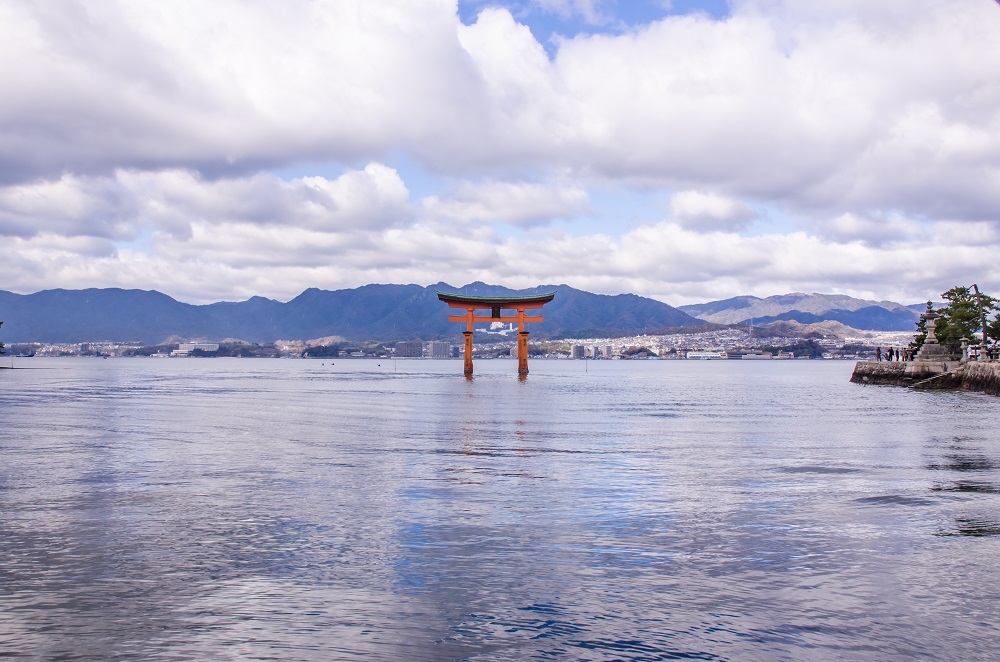

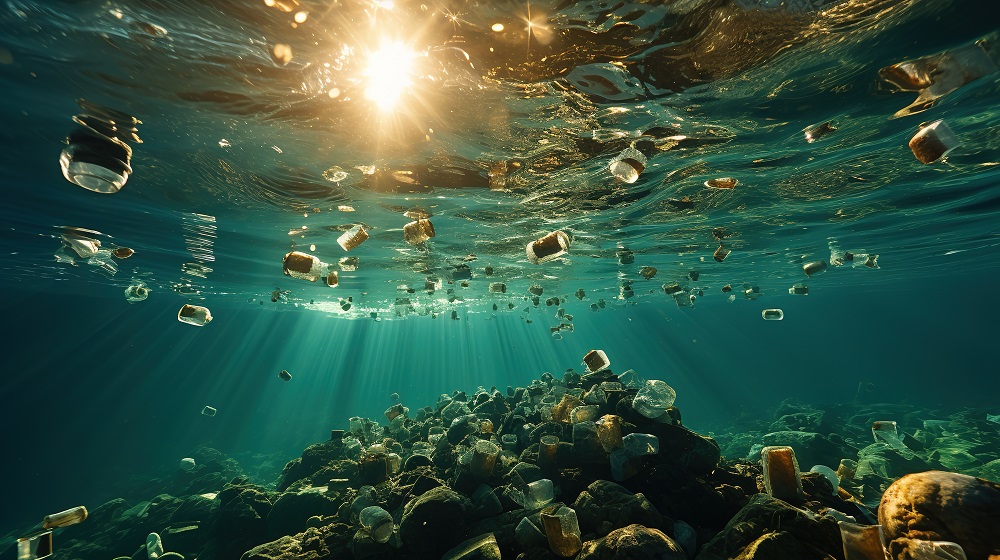

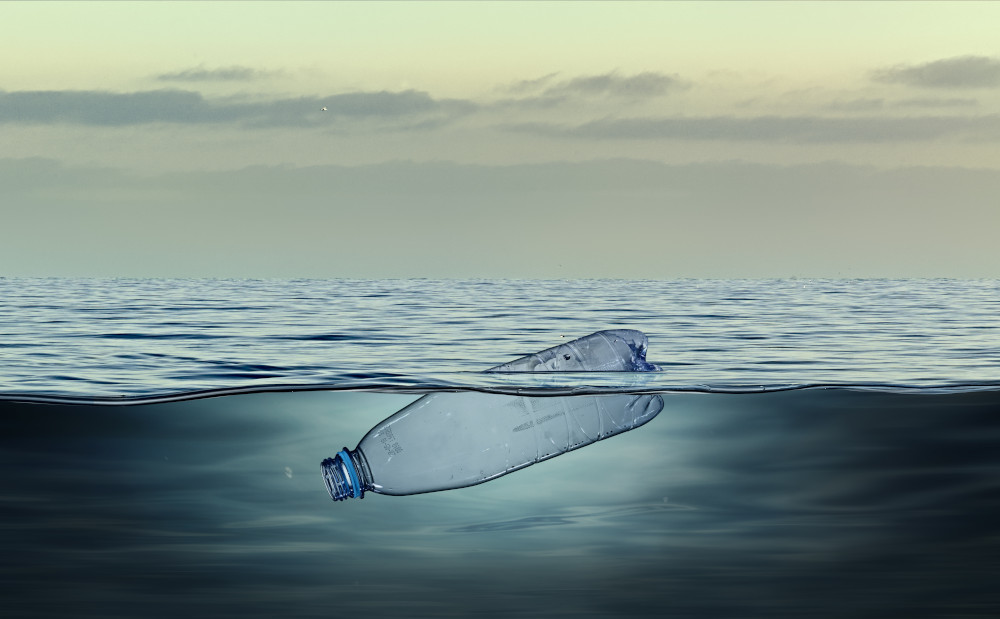



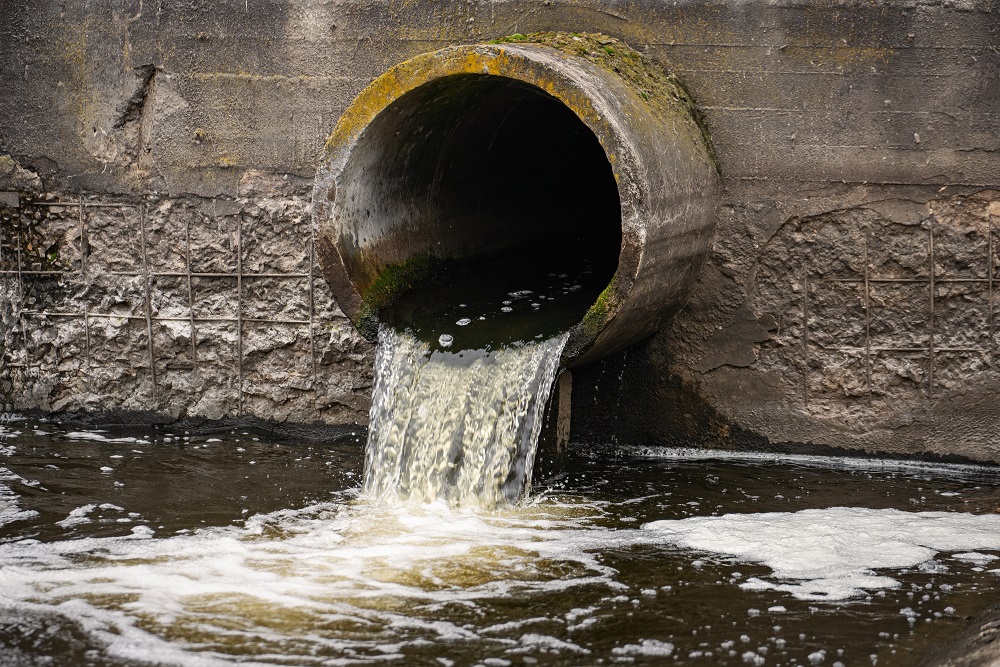 The scourge of untreated wastewater
The scourge of untreated wastewater Slowing
the chemical tide: safeguarding human and ocean health amid
chemical pollution
Slowing
the chemical tide: safeguarding human and ocean health amid
chemical pollution Hazardous chemicals in plastics - the discussions at INC
Hazardous chemicals in plastics - the discussions at INC







